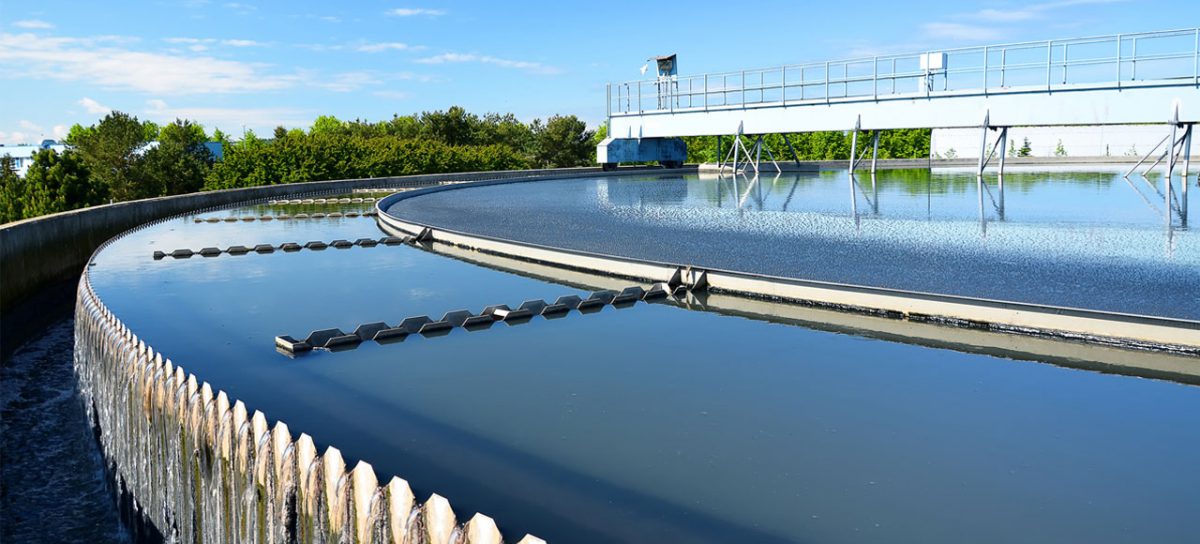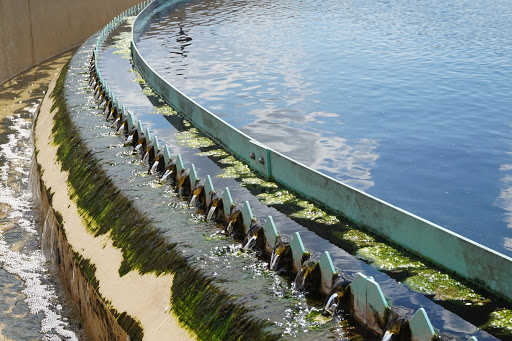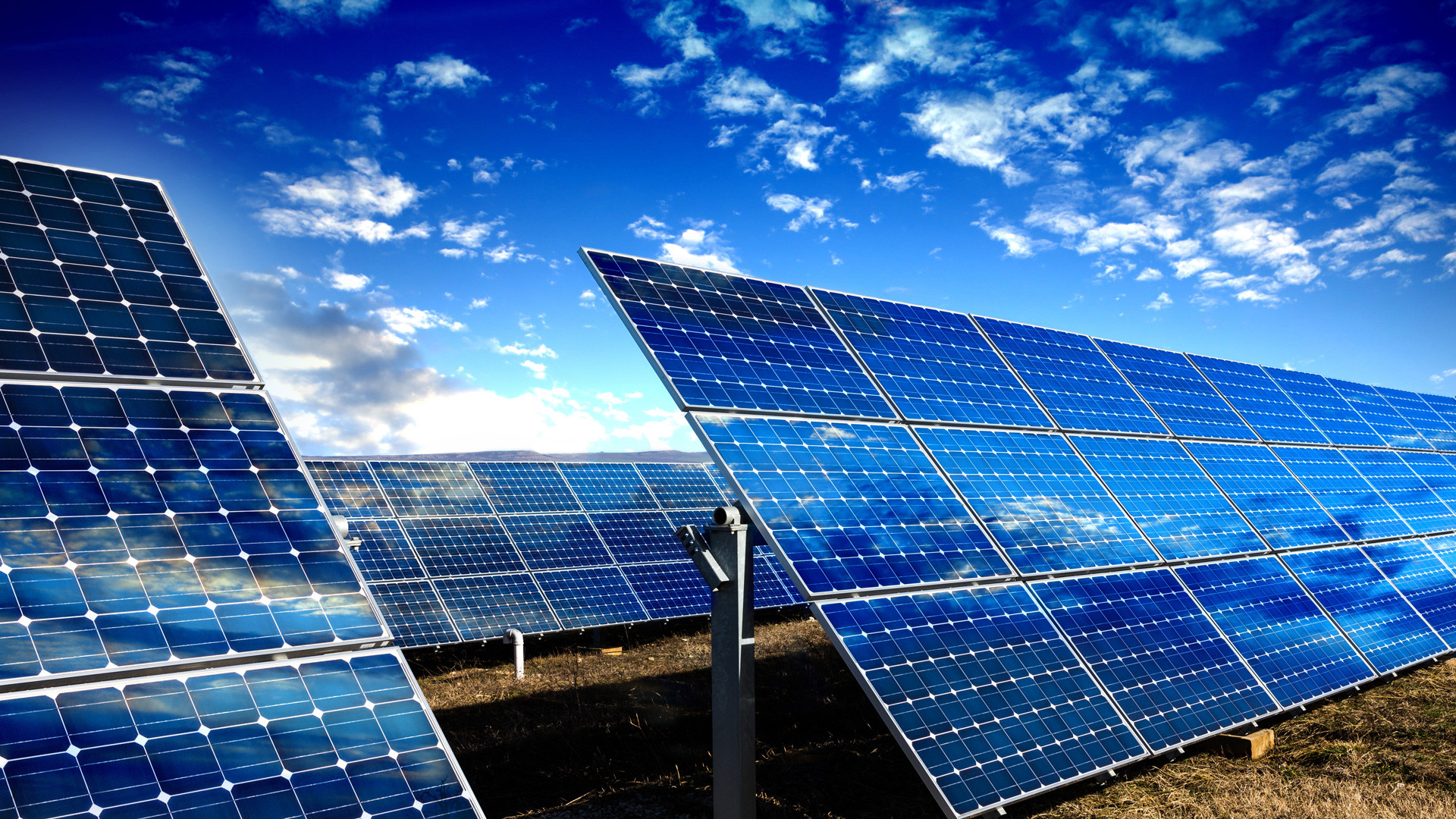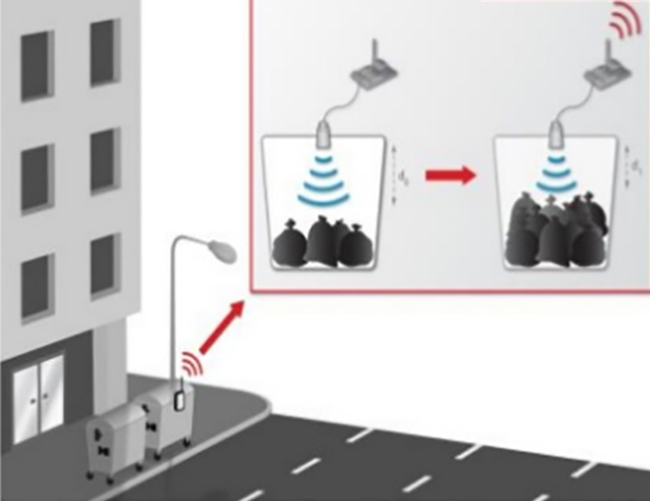Smart Management
A smart city is a framework, predominantly composed of Information and Communication Technologies (ICT), to develop, deploy, and promote sustainable development practices to address growing urbanization challenges. A big part of this ICT framework is essentially an intelligent network of connected objects and machines that transmit data using wireless technology and the cloud. Cloud-based IoT applications receive, analyze, and manage data in real-time to help municipalities, enterprises, and citizens make better decisions that improve quality of life.1. Smart Water Management:

IoT and connected devices enable smart water management in the following ways:
• Potable Water Monitoring: Monitors the quality of tap water in the cities.
• Chemical Leakage: Identifies leakages and wastes of factories in rivers.
• Swimming Pool Remote Measurement: Controls the swimming pool conditions remotely.
• Pollution Levels in the Sea: Controls the occurrence of leakages and wastes in the sea.
• Water Outflows: Detects of a liquid presence outside tanks and pressure variations along pipes.
• River Floods: Monitors water level variations in rivers, dams, and reservoirs.
2. Smart Seawage Management:
STAGE ONE:Screening is the first stage of the wastewater treatment process. Screening removes large objects like, diapers, nappies, sanitary items, cotton buds, face wipes and even broken bottles, bottle tops, plastics and rags that may block or damage equipment.
Special equipment is also used to remove grit that gets washed into the sewer.
STAGE TWO: PRIMARY TREATMENT
This involves the separation of organic solid matter (or human waste) from the wastewater. This is done by putting the wastewater into large settlement tanks for the solids to sink to the bottom of the tank. The settled solids are called ‘sludge’. At the bottom of these circular tanks, large scrappers continuously scrape the floor of the tank and push the sludge towards the center where it is pumped away for further treatment. The rest of the water is then moved to the Secondary treatment.
STAGE THREE: SECONDARY TREATMENT
The water, at this stage, is put into large rectangular tanks. These are called aeration lanes. Air is pumped into the water to encourage bacteria to break down the tiny bits of sludge that escaped the sludge scrapping process.
STAGE FOUR: FINAL TREATMENT
Next, the ‘almost’ treated wastewater is passed through a settlement tank. Here, more sludge is formed at the bottom of the tank from the settling of the bacterial action. Again, the sludge is scraped and collected for treatment. The water at this stage is almost free from harmful substances and chemicals. The water is allowed to flow over a wall where it is filtered through a bed of sand to remove any additional particles.

3. Smart Energy Management:

Smart Grid: Smart grids are digitally monitored, self-healing energy systems that deliver electricity or gas from generation sources. Smart grid solutions can be across industrial, residential as well as in transmission and distribution projects. Various IoT solutions like gateways can be used to achieve energy conservation at both the transmission level and consumer level. For e.g., gateways can provide a broader view of energy distribution patterns to utility companies with high connectivity and real-time analytics. Also, it develops a Demand-Response mechanism for the utility providers to optimize energy distribution based on the consumption patterns.
Smart Meters: Smart meters can be used in residential and industrial metering sectors for electricity and gas meters where there is a need to identify the real-time information on energy usage. Consumers and utilities with smart meters can monitor their energy consumption. Moreover, energy analytics, reports, and public dashboards can be also accessed over the internet using mobile applications integrated with these smart meters.
4. Smart Waste Management:
Smart solutions for tracking wastes help municipalities and waste service managers the ability to optimize wastes, reduce operational costs, and better address the environmental issues associated with an inefficient waste collection. Implementation of a smart city comes with enormous opportunities to transform the lives of people and improve the overall city infrastructure and operations. Smart sensor networks, Internet of Things (IoT) and connected technologies are the key solutions for smart city implementation. From densely populated cities to smaller rural communities, waste management systems keep our homes and communities free from unwanted clutter. Although these waste management services exist in nearly every community, the industry’s current operating standards have proven inefficient and highly resource-intensive.
